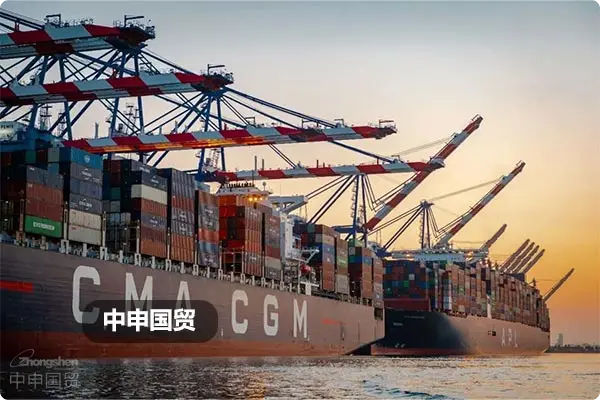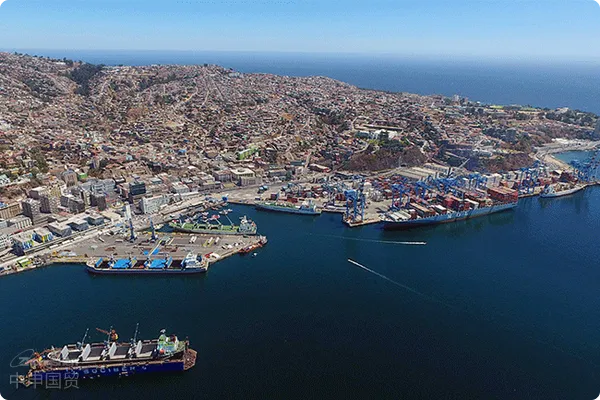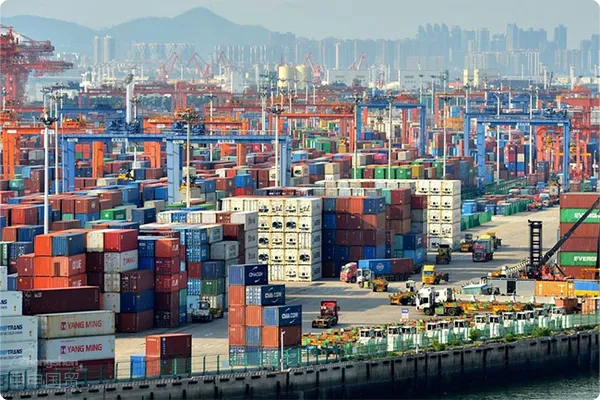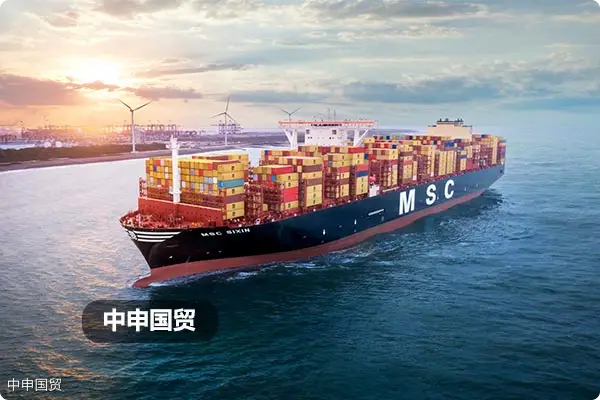- Shanghai Zhongshen International Trade Co., Ltd. - Two decades of trade agency expertise.
- Service Hotline: 139 1787 2118
Relevant Introduction
Note: The following factors may influenceCompulsory certificationfreight costs for goods. Consider them comprehensively to determine final pricing.

Freight calculation methods for exports to Russia are as follows:
Chargeable Weight: For exports to Russia, chargeable weight is typically the greater of actual weight or volumetric weight. Higher chargeable weight increases freight costs.
Transport Method: Exports to Russia can useMaritime Transportation,Air Transportationrail transport, etc. Different methods incur varying costs; selecting the right one reduces expenses.
Distance and Destination: When exporting goods to Russia, the distance between the origin and destination must be considered, as freight costs vary for different distances. The distance to the destination city is also a key factor affecting freight costs.
Cargo Value: The value of the goods is another factor influencing freight costs. Generally, the higher the value of the goods, the higher the transportation costs.
Other Costs: Additional expenses must be considered when calculating freight costs, such as packaging fees, transportation insurance, and customs duties.
Primary export methods to Russia include land, sea, and air transport.
Land Transport: Suitable for countries near Russia, such as Central Asian and European countries, typically using rail and road transport. Rail transport is commonly used for bulk commodities and heavy goods, while road transport is suitable for smaller or lighter goods.
Sea Transport: Suitable for bulk commodities and heavy goods, typically using container shipping. Major ports for exports to Russia include St. Petersburg, Novosibirsk, and Pechora.
Air Transport: Suitable for goods requiring urgent delivery, such as high-tech products and valuables. However, air freight costs are higher, and there are restrictions on cargo volume and weight.
Related Recommendations
? 2025. All Rights Reserved. 滬ICP備2023007705號-2  PSB Record: Shanghai No.31011502009912
PSB Record: Shanghai No.31011502009912










